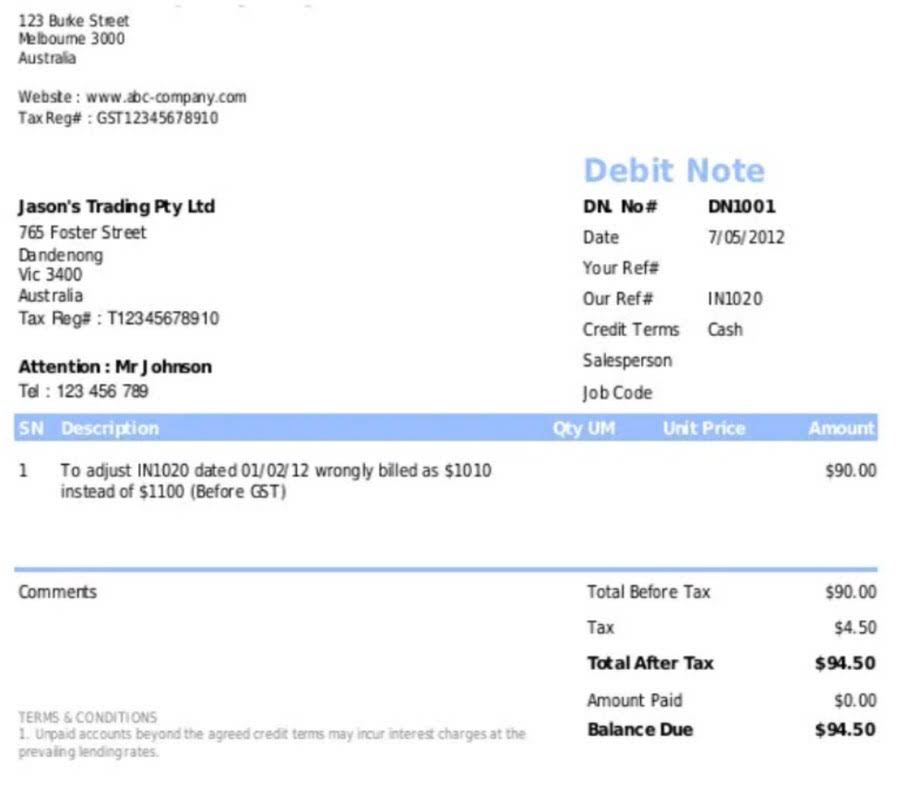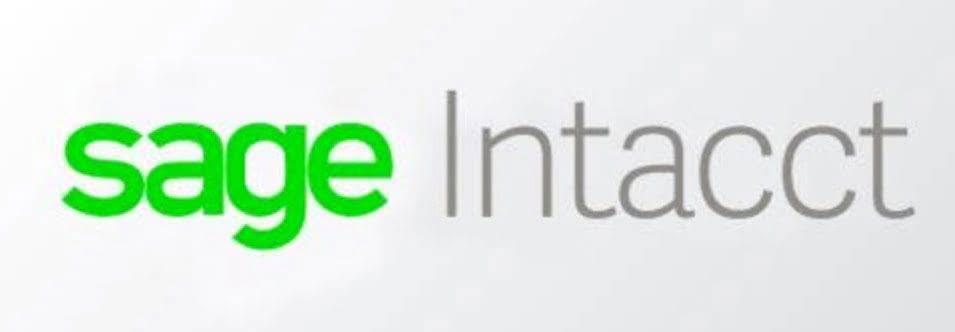
The book value of $64,000 multiplied by 20% is $12,800 of depreciation expense for Year 3. This formula works for each year you are depreciating an asset, except for the last year of an asset’s useful life. In that year, the depreciation amount will be the difference between the asset’s book value at the beginning of the year and its final salvage value (usually a small remainder). Download the free Excel double declining balance template to play with the numbers and calculate double declining balance depreciation expense on your own! The best way to understand how it works is to use your own numbers and try building the schedule yourself. The key distinction is that the rate of depreciation is more aggressive during the initial years when employing the double declining balance method.
Step 1: Compute the Double Declining Rate

And if it’s your first time filing with this method, you may want to talk to an accountant to make sure you don’t make any costly mistakes. With the double declining balance method, you depreciate less and less of an asset’s value over time. That means you get the biggest tax write-offs in the years right after you’ve purchased vehicles, equipment, tools, real estate, or anything else your business needs to run.
Double Declining Balance Method vs. Straight Line Depreciation
However, depreciation expense in the succeeding years declines because we multiply the DDB rate by the undepreciated basis, or book value, of the asset. To get a better grasp of double declining balance, spend a little time experimenting with this double declining balance calculator. It’s a good way to see the formula in action—and understand what kind of impact double declining https://www.bookstime.com/ depreciation might have on your finances. Enter the straight line depreciation rate in the double declining depreciation formula, along with the book value for this year. Unlike straight line depreciation, which stays consistent throughout the useful life of the asset, double declining balance depreciation is high the first year, and decreases each subsequent year.
- This depreciation method is used when assets are utilized more in the early years and when assets become obsolete quickly.
- Additionally, it more quickly provides your business with a greater depreciation deduction on your taxes.
- When it comes to taxes, this approach can help your business reduce its tax liability during the crucial early years of asset ownership.
- Ask a question about your financial situation providing as much detail as possible.
- After the final year of an asset’s life, no depreciation is charged even if the asset remains unsold unless the estimated useful life is revised.
- We empower accounting teams to work more efficiently, accurately, and collaboratively, enabling them to add greater value to their organizations’ accounting processes.
Great! The Financial Professional Will Get Back To You Soon.

An exception to this rule is when an asset is disposed before its final year of its useful life, i.e. in one of its middle years. In that case, we will charge depreciation only for the time the asset was still in use double declining balance method (partial year). Like in the first year calculation, we will use a time factor for the number of months the asset was in use but multiply it by its carrying value at the start of the period instead of its cost.
Declining Balance Method: What It Is and Depreciation Formula
This method takes most of the depreciation charges upfront, in the early years, lowering profits on the income statement sooner rather than later. Increase your desired income on your desired schedule by using Taxfyle’s platform to pick up tax filing, consultation, and bookkeeping jobs. Tickmark, Inc. and its affiliates do not provide legal, tax or accounting advice. The information provided on this website does not, and is not intended to, constitute legal, tax or accounting advice or recommendations.
Accelerated Depreciation

Would you prefer to work with a financial professional remotely or in-person?
- The company estimates that its useful life will be five years and its salvage value at the end of its useful life would be $1,250.
- Therefore, it is more suited to depreciating assets with a higher degree of wear and tear, usage, or loss of value earlier in their lives.
- A business might write off $3,000 of an asset valued at $5,000 in the first year rather than $1,000 a year for five years as with straight-line depreciation.
- You get more cashback in tax benefits from the beginning, which can help balance the expense of purchasing a resource.
- In summary, the choice of depreciation method depends on the nature of the asset and the company’s accounting and financial objectives.
- In the depreciation of the asset for each period, the salvage value is not considered when doing calculations for DDD balance.

